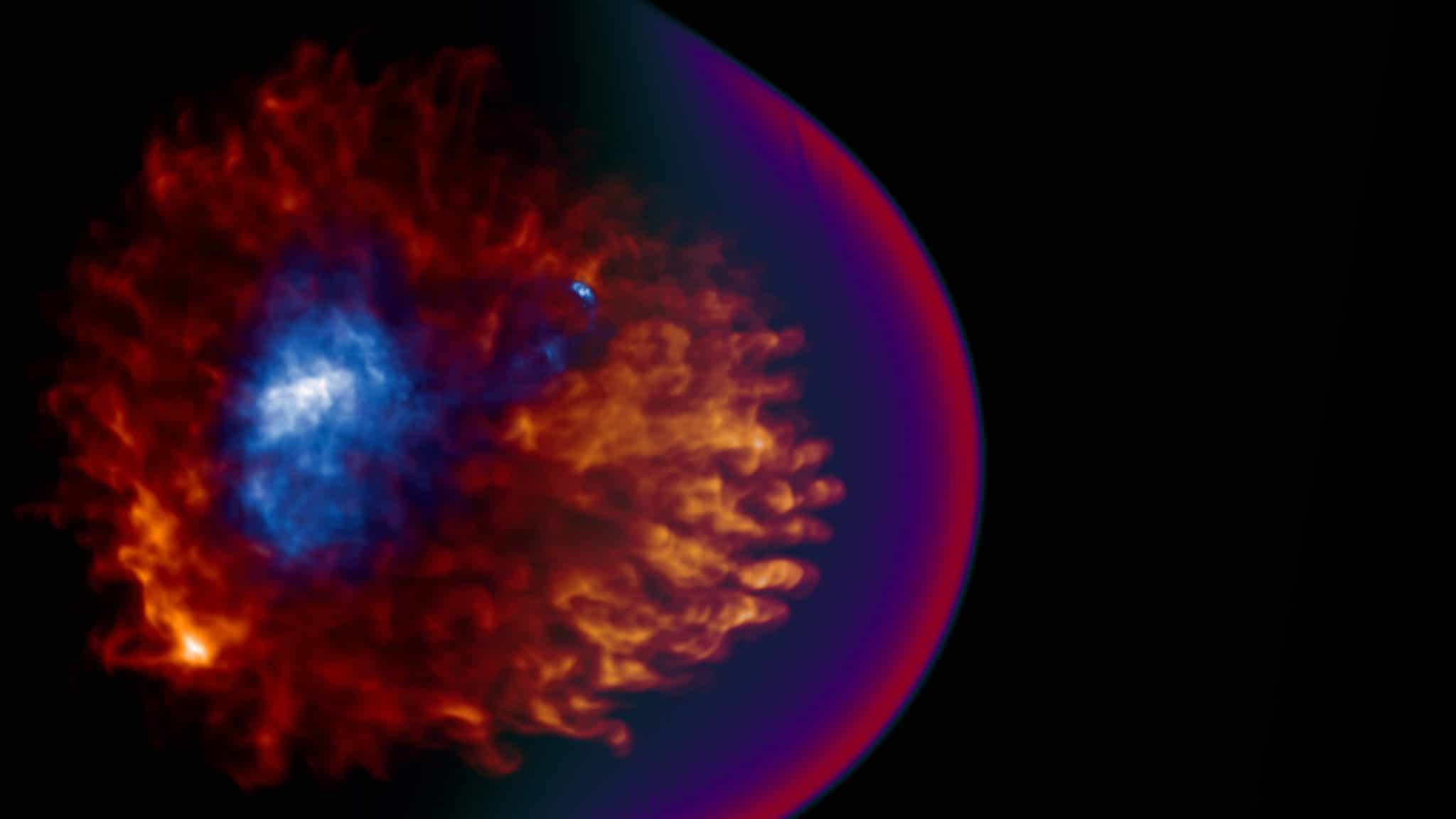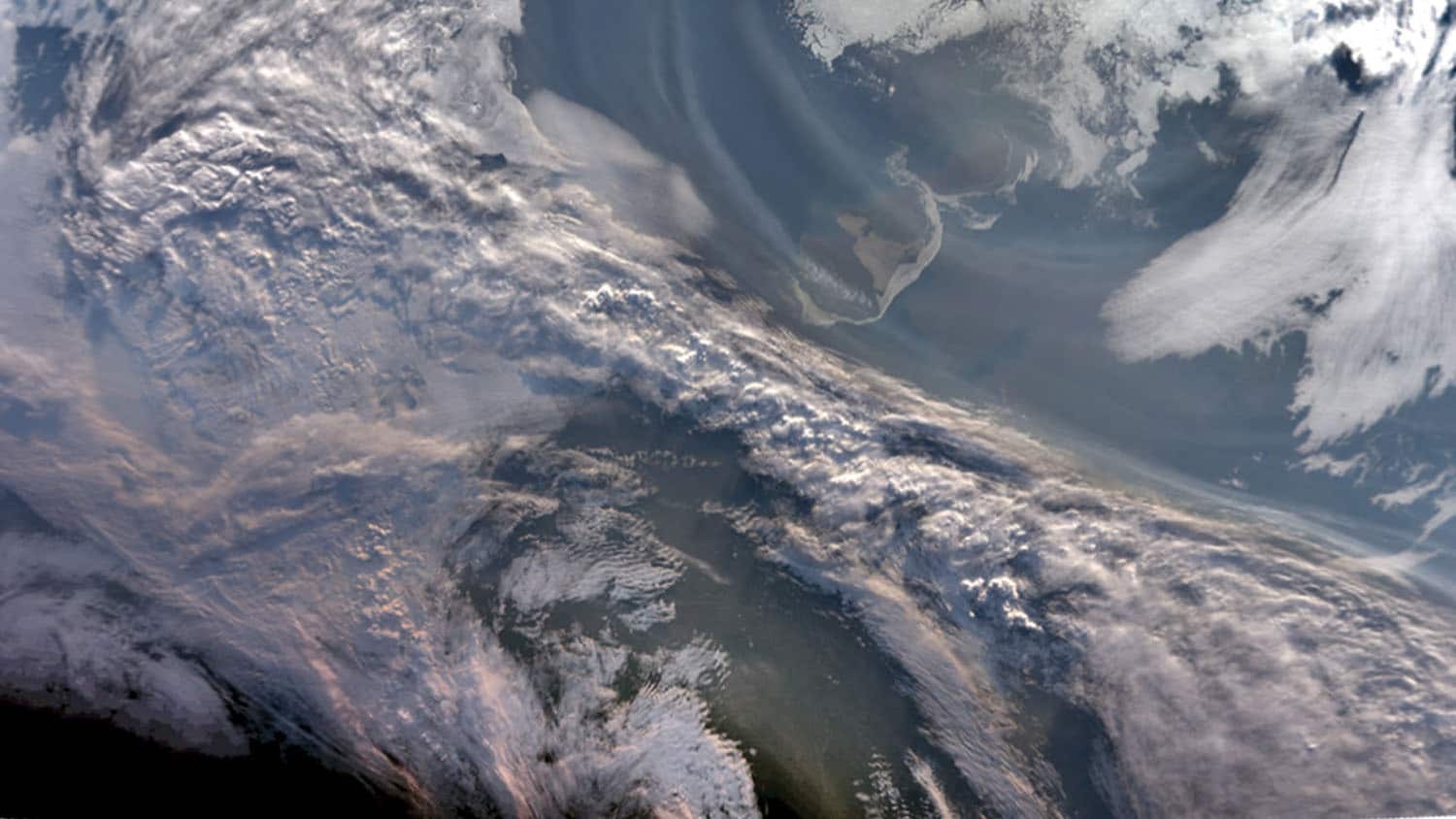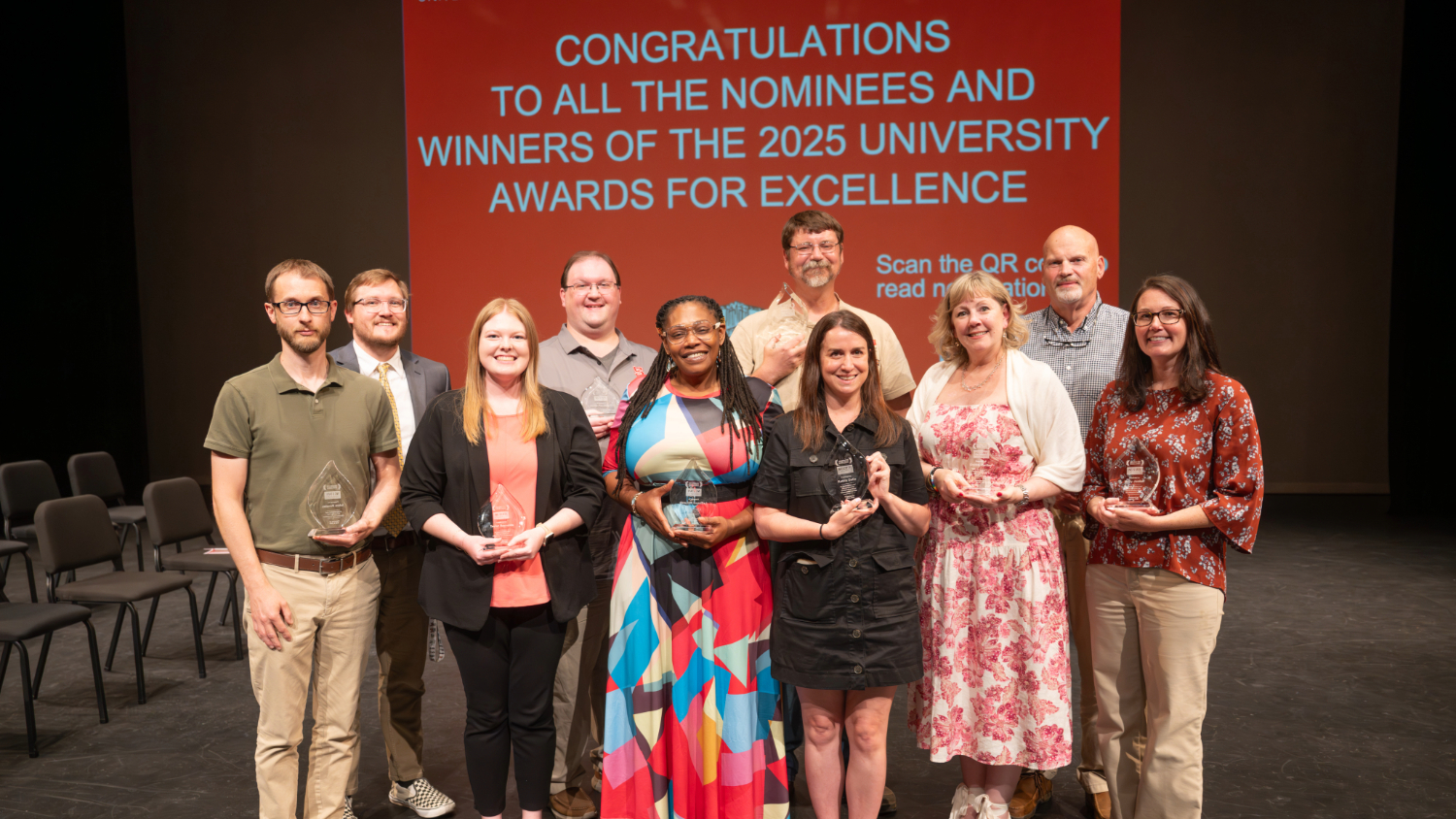Two Sciences Researchers Win Honors in Research Image Contest

Simulating the aftermath of an exploding star. Capturing a bee in mid-flight. Tracking how cancer cells move through the blood stream. These are the images that captured first place in NC State’s first Research Image Contest.
We received scores of submissions from graduate students and postdoctoral researchers, representing six colleges. Entries were made in three categories: graphics and illustration; photography and microscopy; and video and interactive.
The high quality of the submissions made it difficult to choose winners, but we ultimately chose a first- and second-place winner for each category – as well as two honorable mentions for each category. More information on these winners is below.
We’ve assembled a Flickr slideshow of the graphics/illustration and photography/microscopy winners, and have included links to all of the video/interactive winners below. Be sure to check out these entries. They highlight the scope of research at NC State and the beauty of discovery.
Graphics and Illustration
First place in the graphics and illustration category goes to Christopher Kolb, a physics doctoral student, for his entry: “Supernova Remnant Simulations.”
Here’s how Kolb describes the work: “This rendered image depicts a core-collapse supernova remnant which houses a wind of charged-particles (blue), produced by a rapidly rotating neutron star; simulated out to an age of 17,400 years. A powerful shockwave (red/purple) created during the explosion continues to expand and sweep up interstellar material, with stellar ejecta (red/orange) following close behind. This work is part of an ongoing effort to develop tools used to model and study realistic supernova remnants.”
Second place goes to Yavuz Caydamli’s “Honeycomb Polymer Morphology.” Honorable mentions go to Victoria Arbour’s “Ankylosaur Tail Evolution” and Tanner Nielson’s “Combustor Simulation Image.”
Photography and Microscopy
First place in this category goes to Jonathan Giacomini, an applied ecology doctoral student, for his “Queen Bumble Bee.”
Here’s what Giacomini had to say about his entry: “This is a wild queen bumble bee (Bombus griseocollis) found at the JC Raulston Arboretum this past spring, here in Raleigh. In the Irwin Lab, we are interested in the influence of secondary compounds in both nectar and pollen on bee disease. Often, such compounds are extremely toxic, yet some have been shown to reduce parasite loads in some bumble bees. We have recently expanded our studies to include local wild bumble bees in order to broaden our scope of impacts and coping mechanisms utilized by different bumble bee species. Bumble bees, and other pollinators, are essential to the framework of both agriculture and nature. The importance these tiny creatures represent is astonishing and it’s hard not to appreciate the pure beauty and delicacy of these magnificent creatures.”
Second place goes to Felix Kaess’s “Bridge Over Sapphire River.” Honorable mentions go to Efrain Rivera Serrano’s “Cardiac Viral Infection” and Clint Penick’s “Glowing Ant.”
Video and Interactive
First place in the video category goes to Tyler Allen, a comparative biomedical sciences doctoral student, for his “Dangerous Moves.”
“This video depicts cancer cells moving through fluorescent blood vessels,” Allen says. “The cancer cells are red, and the blood vessels are green. Cancer cells were injected directed into the blood stream and then imaged over 16 hours. This interaction mimics how cancer cells move through blood vessels in the body. The most deadly types of cancer are the ones that enter the blood stream. Once in the blood stream they are able to travel to distant parts of the body and form secondary tumors (metastasis). A better understanding of the interaction of cancer cells and the cells of blood vessels will lead to increased treatments to prevent the spread of cancer, saving lives.”
Second place goes to Yoshikazu Hirato’s “Leading-Edge Vortex Theory.” Honorable mentions go to Dishit Parekh’s “3D Printed Microfluidic Channels” (which may be the most fun video we received) and Adam Marrs’s “View-Warped Soft Shadows.”
Each first-place winner will receive a $250 prize, with second-place winners receiving a $100 prize, thanks to sponsorship from the NC State Graduate School.
This post was originally published in NC State News.


